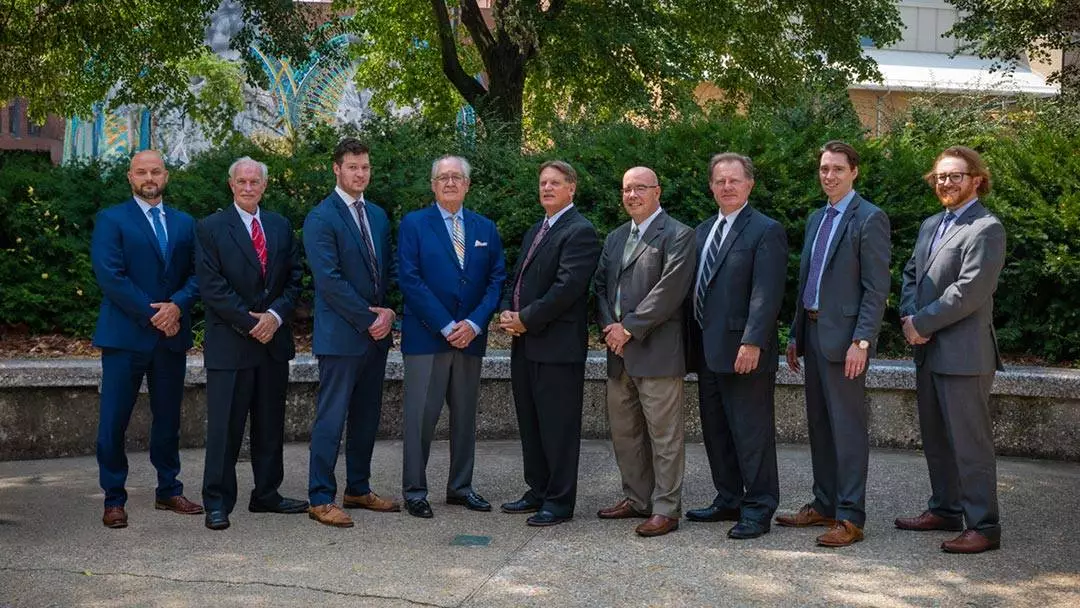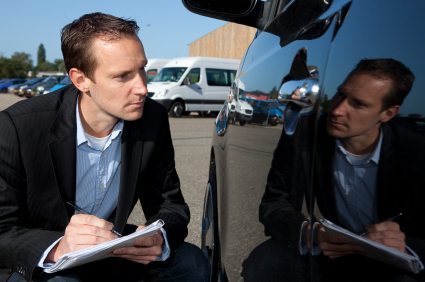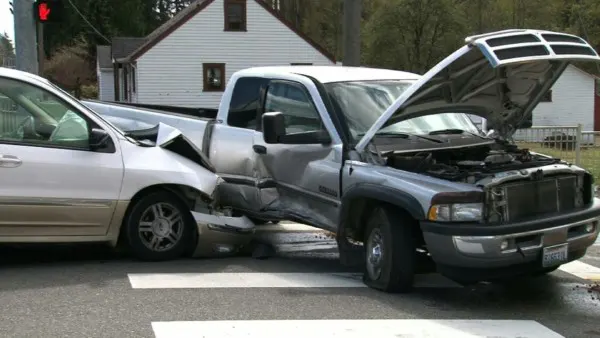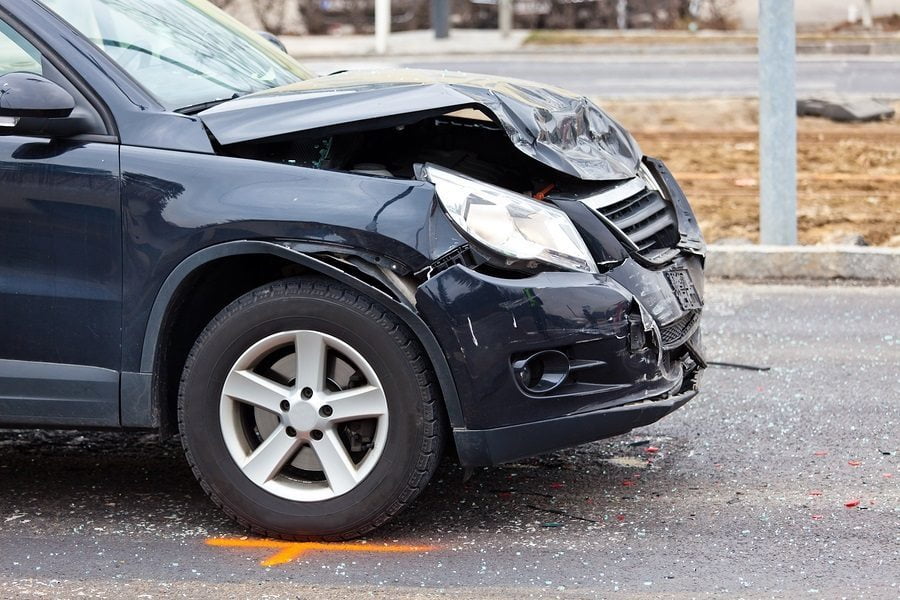The statistics are chilling: T-bone accidents account for nearly 25% of all passenger vehicle deaths in the country. Even when they don’t result in fatalities, these side-impact collisions—known for their devastating force—often leave victims with severe injuries and lingering trauma.
Unsurprisingly, the aftermath of a T-bone accident can be chaotic and confusing. Determining who caused the crash is often tricky since both drivers may claim they had the right of way or that the other driver was speeding or distracted.
That said, proving fault is essential to recovering compensation to cover your medical bills or car damages. Here are 4 key tips that’ll help you build a strong case and protect your rights after a T-bone accident in Ohio.
Tip 1: Understand Ohio’s T-Bone Laws
While Ohio doesn’t have specific T-bone accident laws, regular traffic rules still matter a lot when figuring out who’s to blame. Knowing these rules is key to building your case:
- Right-of-way at intersections: The driver who has the right-of-way at an intersection is not at fault. This usually depends on who arrived at the intersection first or who has a green light.
- Failure to yield: Failing to yield the right-of-way is a common reason for T-bone accidents. This could mean blowing through a stop sign or red light, not yielding when turning left, or just pulling out into traffic without looking.
- Speeding: Going too fast is a recipe for disaster. It cuts down on your reaction time and increases the severity of an impact. If someone’s speeding and causes a T-bone, they’re probably going to be the one to blame.
- Distracted driving: We all know texting and driving is dangerous, but any distraction behind the wheel can be deadly. If someone’s not paying attention and causes a T-bone, they will be held responsible.
Tip 2: Gather and Preserve Evidence Immediately
Take photos of the scene
Pictures are worth a thousand words, especially after a T-bone crash. If you can safely do so, grab your phone and take photos of everything: the cars, the damage, the road, any traffic signs or lights. These photos will help piece together what happened and show who was where when the crash occurred.
Collect witness statements
Eyewitness accounts can be invaluable in proving fault. If there were any witnesses to the accident, get their contact info and a quick statement about what they saw. Their perspective can back up your story and add details that photos might miss.
Review traffic camera footage
Lots of intersections have cameras rolling 24/7. Requesting footage from these cameras can provide conclusive evidence about which driver had the right of way or whether a traffic signal was obeyed.
Even better, if you or the other driver had a dashcam, the footage can provide irrefutable evidence of what happened.
Preserve evidence from your vehicle
After you’ve towed your car to a safe spot, consider keeping it just as it is after the accident rather than bringing it to a mechanic immediately. Those dents and scrapes tell a story, and your lawyer or insurance person needs to see this evidence firsthand about the angle of impact and the severity of the collision.
Tip 3: Consider Expert Witness Testimony
Sometimes, T-bone crashes get complicated. That’s when you might need to call in the experts—like accident reconstruction specialists. They can look at all the evidence, figure out exactly what happened, and give their professional opinion on who’s at fault.
Tip 4: Don’t Delay in Seeking Legal Help
We understand that the aftermath of a T-bone accident can be overwhelming. You’re dealing with injuries, medical bills, and the stress of navigating a complex legal situation.
That said, the sooner you consult with an experienced personal injury attorney, the better. They can guide you through the entire process, from gathering evidence to negotiating with insurance companies.
At Slater & Zurz, our experienced personal injury attorneys are here to help. We’ll make sure your insurance company doesn’t take advantage of you or pressure you into accepting a lowball settlement that doesn’t fully cover your losses. The best part? You pay nothing unless we win.
Contact us today at 330-762-0700 for a free consultation.
Frequently Asked Questions
What if the other driver denies they ran a red light in a T-bone accident?
If the other driver disputes their fault, dashcam footage, eyewitness accounts, and potential traffic camera recordings can help establish who had the right of way. Additionally, the police report might contain observations or conclusions regarding any traffic violations.
Can I still prove fault in a T-bone accident if there were no witnesses to the accident?
Absolutely. Even without eyewitnesses, your case can still be strong. Physical evidence such as skid marks, the damage patterns on the vehicles, and the accident scene itself can be analyzed by accident reconstruction experts to determine what caused the crash and who was at fault.
What if the other driver claims I was speeding?
Ohio is a comparative negligence state. This means that even if you were partially at fault, you could still potentially recover damages, provided your fault is assessed to be less than 50%. However, your compensation might be reduced proportionally to your degree of fault—that’s why it’s essential to hire a lawyer to counter the other driver’s claims and prove that they were primarily responsible for the T-bone accident.





